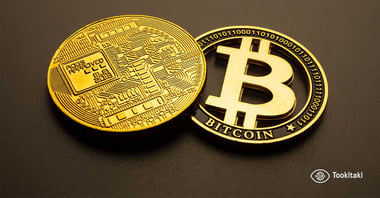According to a report by the United Nations Office on Drugs and Crime (UNODC), the scale of money laundering worldwide is truly staggering. It is estimated that between 2-5% of the global GDP is being funnelled through illicit channels, amounting to an astonishing $800 billion to $2 trillion every year. However, it's important to note that these figures are only approximations, as the nature of money laundering makes it difficult to accurately measure its true extent. The ever-evolving methods and techniques employed by criminals often go undetected, allowing them to continue their illicit activities under the radar.
But what is even more alarming is that this estimated amount may only represent a fraction of the overall wealth lost through money laundering. With the constant advancements in technology and globalization, it is becoming increasingly challenging for authorities to keep up with the sophisticated tactics employed by money launderers. As a result, the true scope of this global problem remains largely unknown.
To put this astronomical figure into perspective, let's consider the higher end of the estimate - $2 trillion. It is a mind-boggling amount that is hard to fathom for most of us. To help visualize the immense scale of this illicit wealth, we have compared it to some significant global wealth statistics.
.webp?width=1000&height=5491&name=How%20much%20money%20is%20being%20laundered%20(1).webp)
The $2 trillion laundered annually is more than the GDP of most countries in the world. It exceeds the combined GDP of several major economies, such as Brazil, Russia, and Canada. This illicit sum is also larger than the annual revenue of some of the world's largest corporations, including Walmart, Apple, and Amazon. Just imagine the potential positive impact this amount of money could have if it were used for legitimate purposes.
However, it is crucial to remember that this illicit wealth does not contribute to the development and well-being of societies. Instead, it fuels organized crime, corruption, and terrorism, undermining the stability and prosperity of nations. The fight against money laundering requires the collective efforts of governments, financial institutions, and individuals to expose and disrupt these criminal activities.
In conclusion, the extent of money laundering globally is alarmingly high, with estimates ranging from $800 billion to $2 trillion annually. This vast amount of illicit wealth represents a significant loss to society and poses a threat to global security and stability. It is imperative that we continue to work together to combat this pervasive crime and protect the integrity of our financial systems.
Anti-Financial Crime Compliance with Tookitaki?



